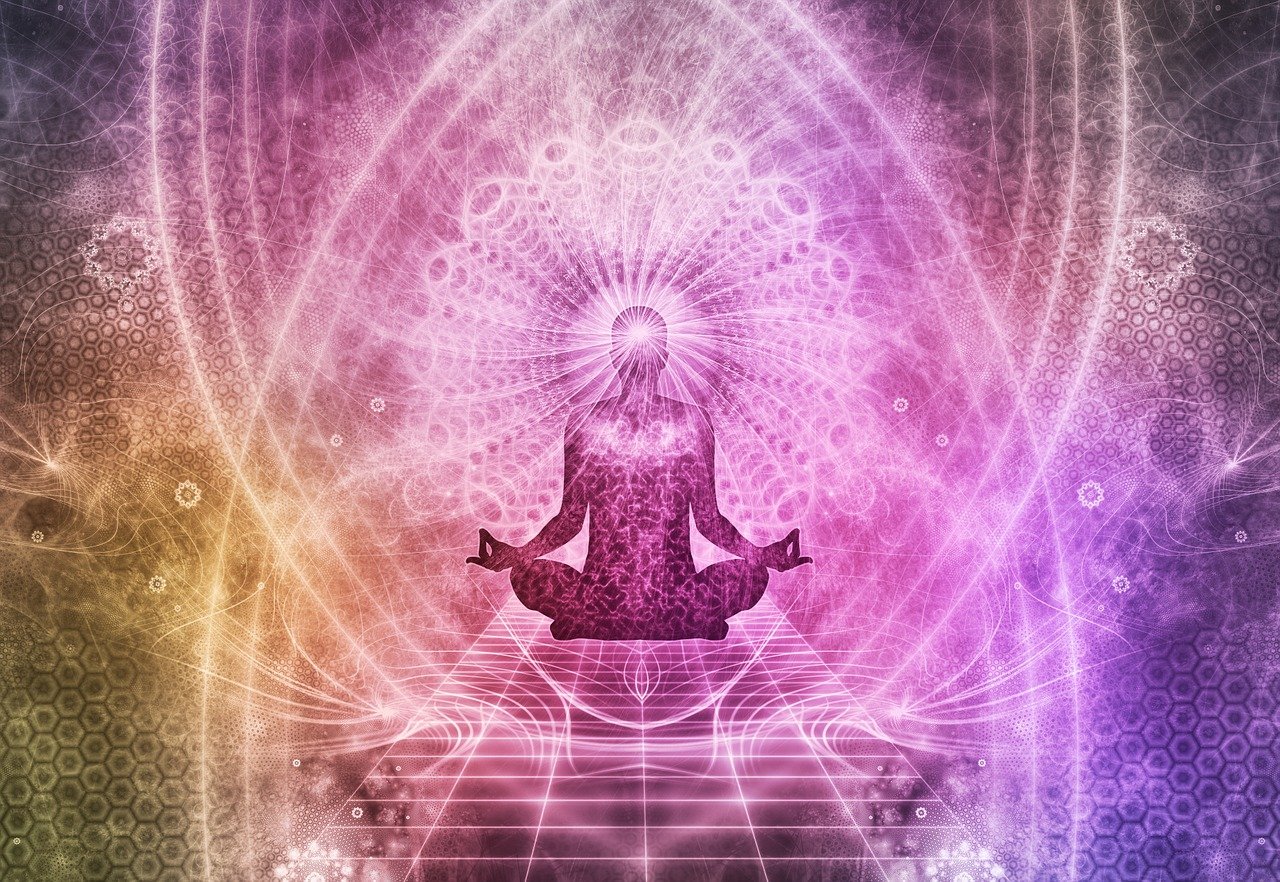Once you've established a regular meditation routine, you might explore different anchors to deepen your practice and keep it fresh. While the breath is a common and powerful anchor, it's not the only option.
## Body Sensations
Instead of focusing solely on the breath, expand your awareness to include sensations throughout the entire body. You can do a gentle body scan, moving your attention from your toes up to the top of your head, noticing any feelings of warmth, coolness, tingling, pressure, or contact without judgment. This helps cultivate a greater sense of embodiment.
## Sounds
Use the soundscape around you as your anchor. Instead of trying to block out sounds, intentionally listen to them. Notice the different layers of sound – near, far, loud, soft, constant, intermittent. Observe how sounds arise and pass away without getting caught up in identifying or labeling them. This can be particularly helpful in noisy environments.
## Visual Anchor (Open-Eyed Meditation)
While often practiced with eyes closed, meditation can also be done with eyes open. Choose a simple, neutral object to rest your gaze upon, like a spot on the floor, a candle flame, or a natural element. Keep your gaze soft and unfocused. When your mind wanders, gently bring your attention back to your visual anchor. This can be useful for staying alert or integrating practice into visual activities.
Experimenting with different anchors can reveal new dimensions of awareness and help you find what resonates most effectively for you at different times. The key is consistent, gentle attention, regardless of the anchor you choose.


